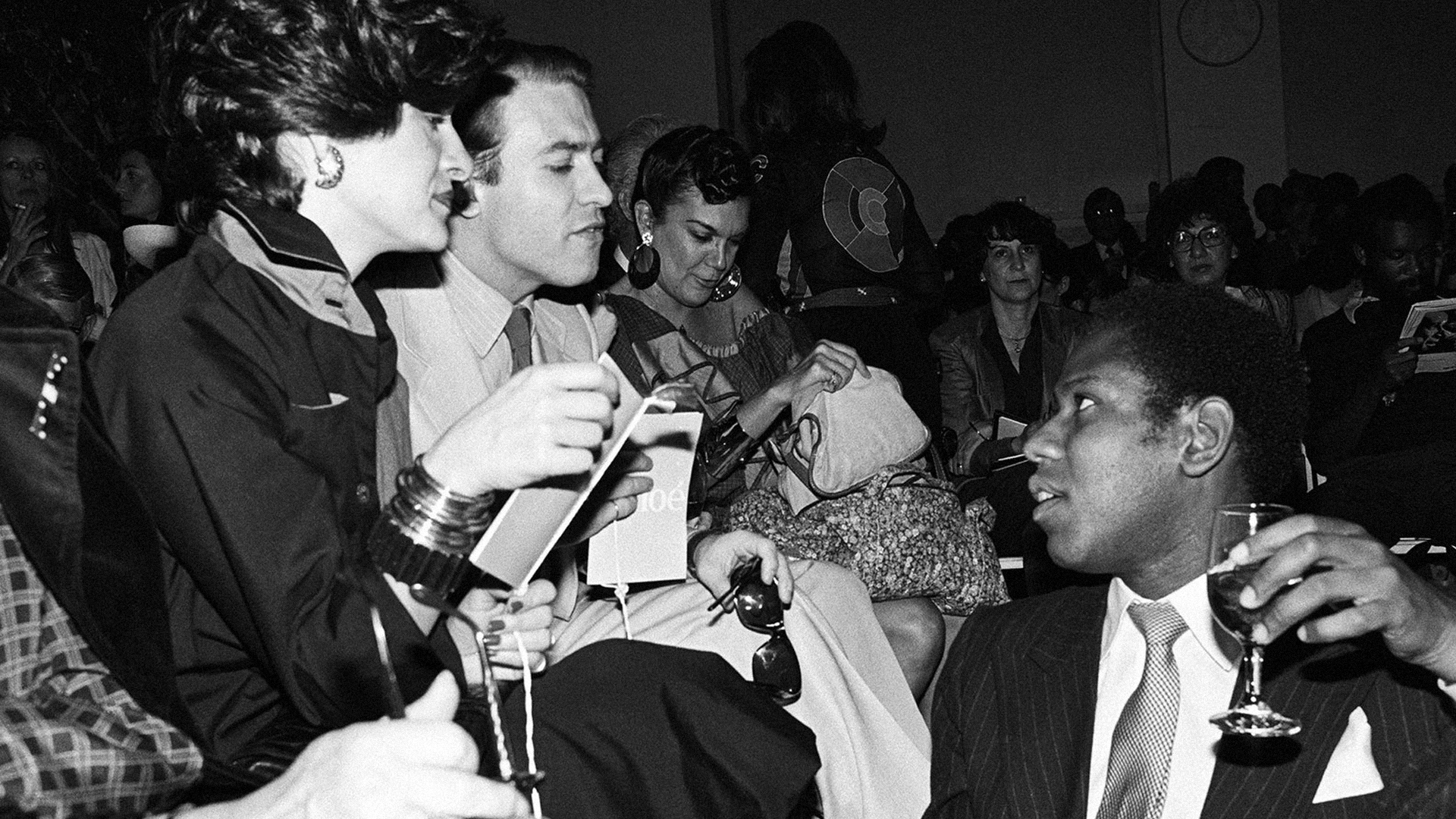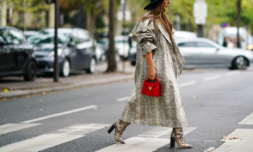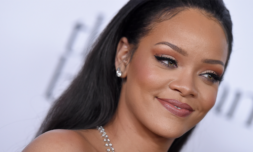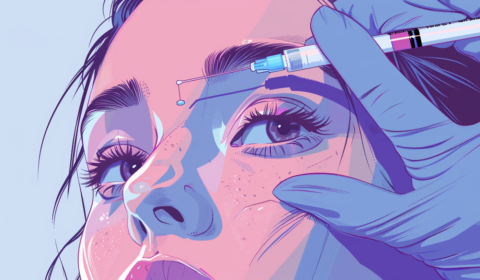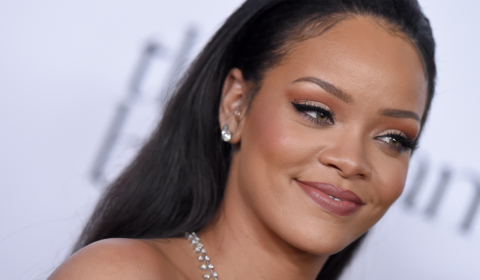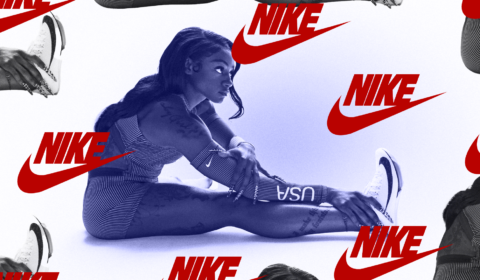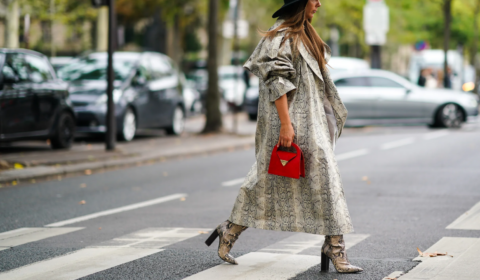Cortes later spoke to Vice News, calling out the brand – and fashion more broadly – for exploiting Indigenous peoples and locals to push a brand agenda that has nothing to do with the culture they make efforts to portray.
The footage eventually reached the Mexican government – its Secretary of Culture accused the French fashion company of ‘manipulating, using, and making a spectacle’ of elderly people from Indigenous villages as ‘part of their publicity’.
Sézane’s actions speak to longstanding debates over cultural appropriation in fashion. More significantly, fashions reliance on the exoticisation of an ‘Other’; the consumption of difference, and the portrayal of non-Western, non-White cultures as extreme versions of themselves.
Débora Krischke Leitão has written extensively about the construction of the exotic ‘Other’ in the industry. Her paper, ‘We, the Others’ unpicks French fashion’s depiction of Brazilian culture as a way of consuming that which is different.
The exoticisation of distant cultures in arts and fashion is nothing new. From Josephine Baker’s banana skirt to the appropriation of West African masks by Pablo Picasso, Western creatives have relied on stealing that which they are not in order to create an image of difference, a fantasy of Otherness, that bolsters their own acclaim.
British Vogue’s February issue celebrates ‘fashion now’, spotlighting nine African models under the creative direction of Edward Enninful.
‘Fashion has indeed changed’, wrote Enninful on his Instagram last week. And in many ways, this rings true. Enninful himself is a testament to the glass ceilings being shattered in the industry’s most prominent spaces. But while outlets like Vogue, and multi-billion-dollar design houses like Chanel, Dior, and Prada may dominate the landscape of fashion, they are just a tiny fraction of its global machine.
In the age of social media influencers and fast fashion brands, fashion still belongs to the skinny and the white. Brands like Sézane are all too common, churning out diverse content, booking ‘different’ models, to push a public image of inclusivity. But this is so often a façade to sell product, with internal structures still boasting CEOs from privileged backgrounds, and overwhelmingly white cis-het teams.
At the time of writing this article on fashion’s hunger for difference, the sudden death of André Leon Talley struck a poignant chord. The term ‘icon’ perhaps suited nobody better than Talley, who worked his way into the industry’s tightest circles with an encyclopaedic knowledge of fashion and a sharp sense of humour so often absent from these elitist spaces.
But Talley was also the poster boy for ‘different’. He was a plus size, Black, queer man born into a Jim Crow era South. His death is a marker of how far fashion has come in structurally embracing Otherness, rather than simply utilising it for profit. But the outpourings of grief for Talley are also a marker of how far fashion has left to go.
Commentators have described him as a ‘heroic outsider’, ‘the only one’. Talley was one in a million for his warm spirit and outrageous creative flair, but his Blackness, his rise from a working-class community to the upper echelons of fashion society, is what truly stands out in a predominantly white, Western, wealthy world. He is – sadly – one of the only ones.
Fashion’s relationship with difference is still a toxic one. But for an industry built on the backs of others – exploited garment workers, caricatured Indigenous peoples, the innovative visions of those from societies most marginalised communities, and the ripped-off ideas of independent designers – perhaps it always will be.









